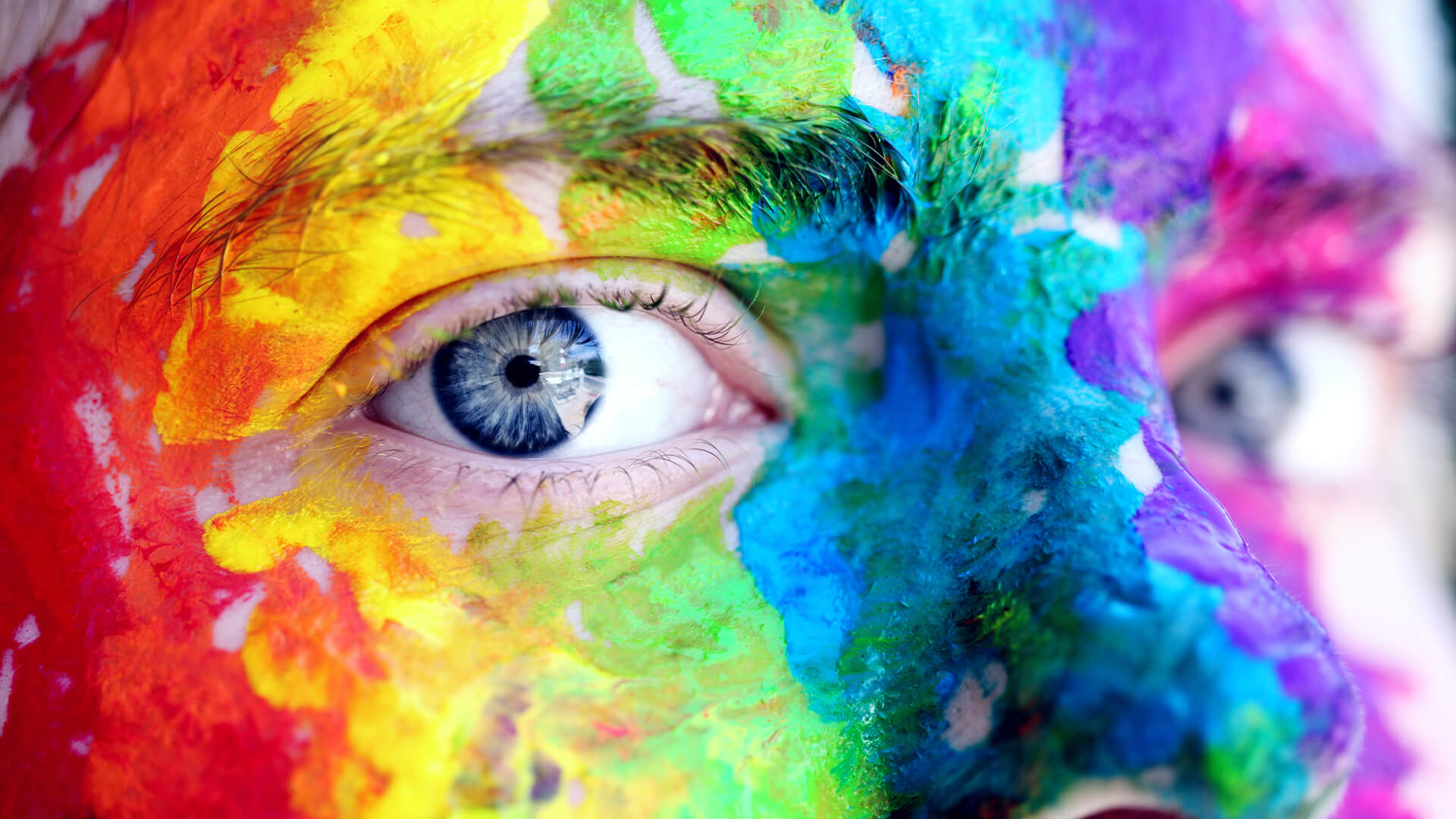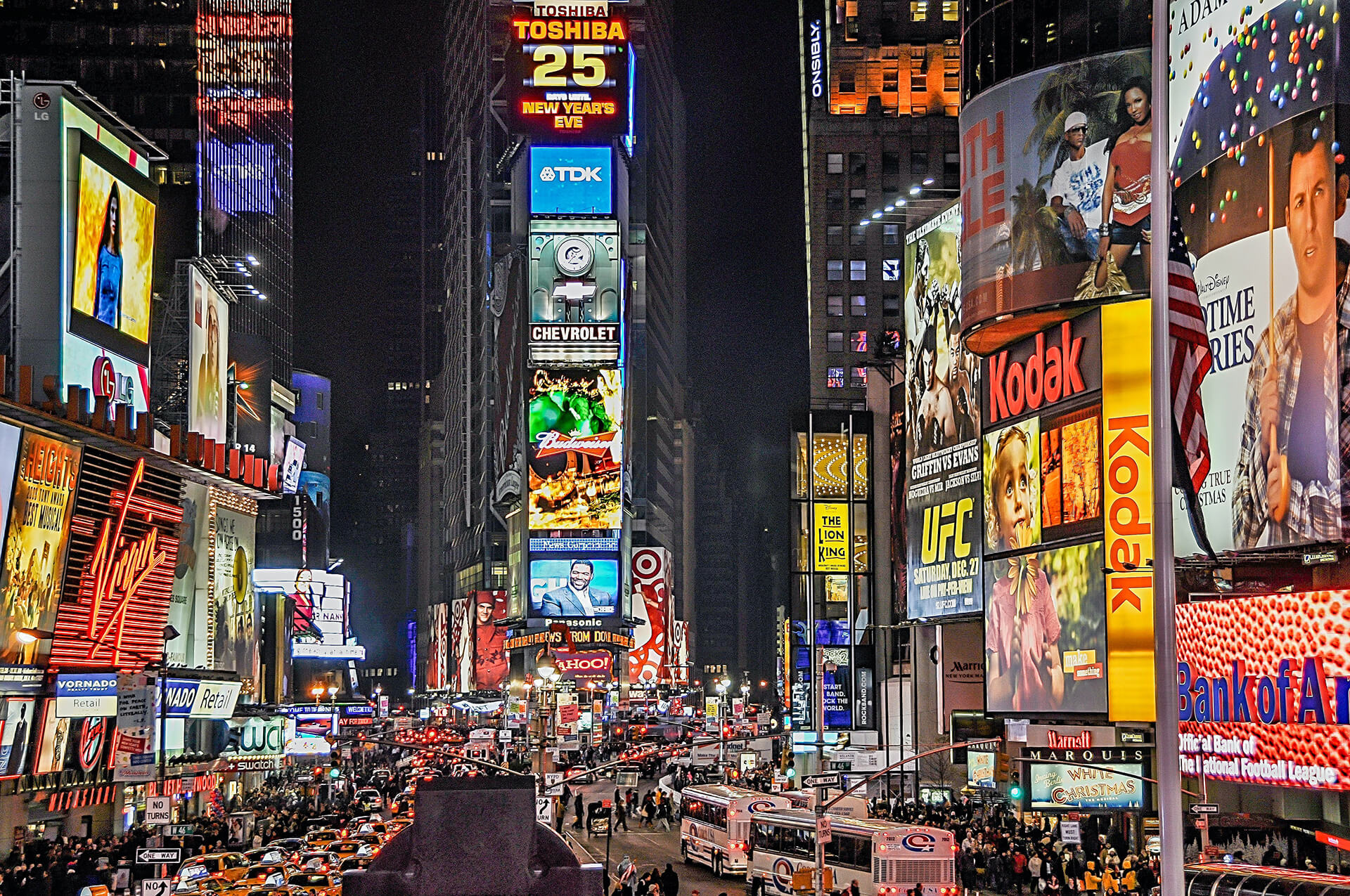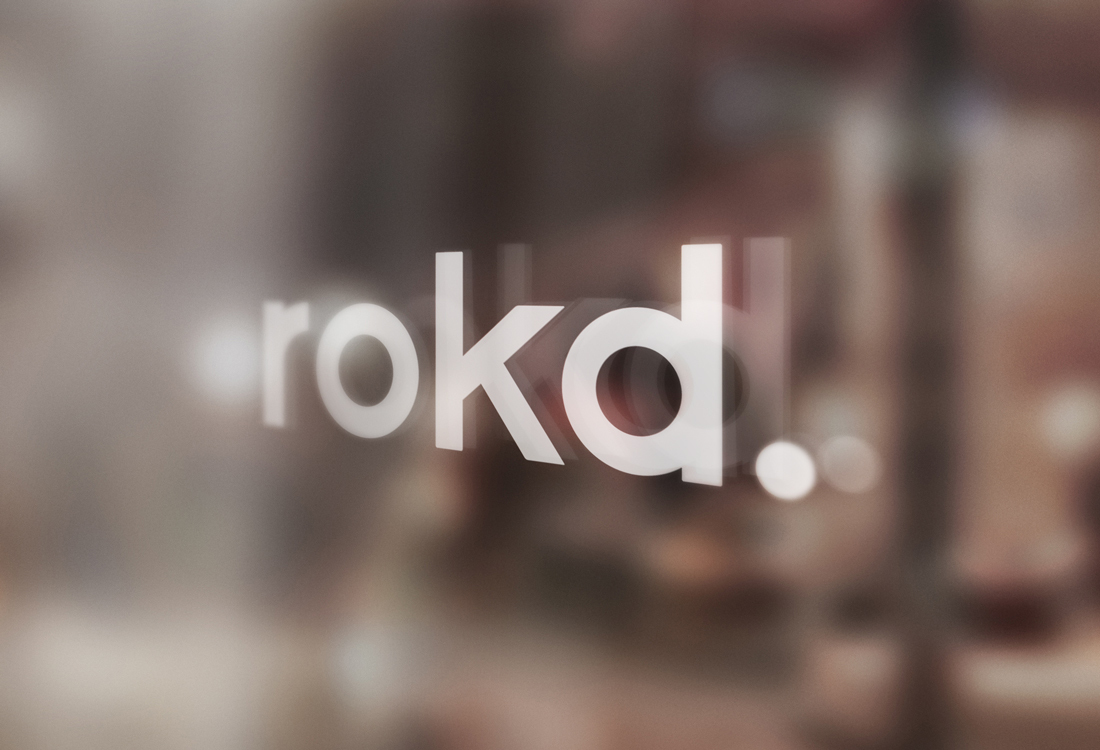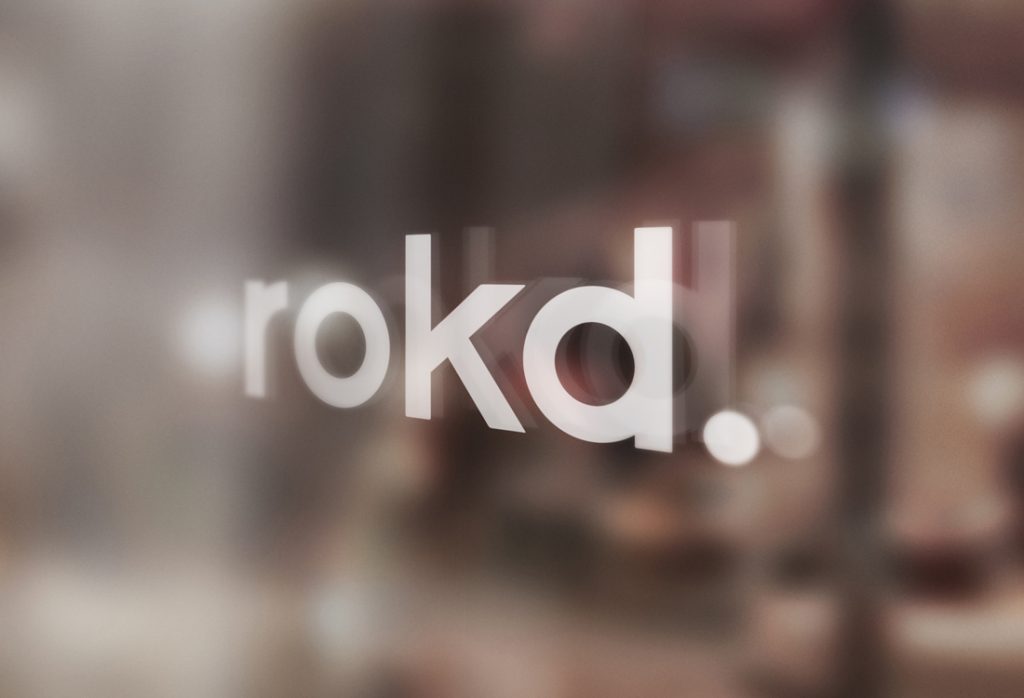According to numerous studies, people remember 10% of what they hear, 20% of what they read, and an impressive 80% of what they see. So it’s no wonder that visual communication through graphic design, photography, and video occupies the dominant position in the modern marketing mix.
Ever since the success of social media platforms such as Facebook, Instagram, and YouTube, it has been clear that visual impressions keep users glued to their screens and never let go. Many companies have also recognized this and are therefore relying on social media marketing through visual ads in the form of images and videos, among other things.
Visual impressions can be additionally enhanced by colors, sound, and text, connecting several senses and thus increasing the attention of future customers.
However, not only on social media platforms but also in advertising on other channels, in corporate design, and in the furnishing of stationery stores, visual communication has a remarkable power that a company should by no means do without.
But what exactly do we mean by visual communication? How can visual impressions best be used for effective marketing? What elements of visual communication exist and how can they attract the attention of customers?
Images have power: the power to attract, persuade, and sell.
What does visual communication mean for modern advertising measures?
Visual communication refers to all types of communication in which information is conveyed visually. Modern marketing simply wouldn’t work without visual communication: unlike verbal and written information, visual messages can be processed much faster, better and easier by the human brain.
Nowadays, content has to be easily digestible and preferably in the form of photos, videos, infographics, tables and models as well as illustrations. Because let’s face it: very few customers want to read through pages of text or have products and services explained to them verbally for ages – this is especially true of mass-consumed goods and services.
Clarity, vividness and accuracy are three aspects that must always be present in visual communication in today’s world. The faster information is conveyed, the greater the chance that customers will remain interested and subsequently make a purchase. This is also confirmed by a study conducted by Animoto.
Even complex issues can be visualized in a creative and clear way using visual communication tools – there are only a few limits to the possibilities: This is also true for industries such as the medical sector, mechanical engineering and information technology, among others.
What are the concrete advantages of visual communication in marketing?
Images and videos are perceived earlier than text and speech. This is important: because as the saying goes, “The first impression is decisive!” The high speed of perception of visual impressions also has the advantage that they cannot simply be ignored: While words and speech can be relatively easily tuned out, images and videos always have an effect – even if it is only subconscious.
In addition, visual means of communication also attract more attention in contrast to written or spoken words: images and videos captivate people and ensure that they absorb the information they contain more consciously and sustainably. This is also because photos and videos activate certain areas of the brain more effectively than words and speech.
A picture is worth a thousand words.
Proverb
The proverb is universally known: “A picture is worth a thousand words.” This expression doesn’t come from anywhere either: because visual communication through pictures and videos is, according to scientific findings, much more understandable to most people than text and proclaimed speech. There is also the credibility effect: people tend to believe visual impressions more than spoken and written. They want to “see the information with their own eyes,” so to speak.
Finally, people also retain images and videos better in their memory: because these are stored twice in the brain – once on the right as visual material and once on the left in word form.
All these reasons contribute to the fact that visual communication in marketing is the most effective means of spreading messages and attracting new customers in the long term.
In which areas does visual marketing have the highest effectiveness?
An effective marketing strategy with a focus on visual communication covers numerous areas and includes a wide range of advertising measures. This starts with a company’s logo: here, the design, color choice and typography are of paramount importance for recognition value and visual appeal.
One of the most important platforms for visual communication is, of course, the company website. No wonder: because it only takes about 0.05 seconds for visitors to subconsciously already form an image of a website and form an opinion. Of course, this is also decisive for whether users continue to stay on a website or leave it again.
Above all, websites with many meaningful videos and images as well as a modern and appealing design and only as much text as necessary are convincing all along the line and can contribute significantly to a company achieving more sales and thus also profit.
Great eye-catching content is key to stopping people in their tracks, halting the newsfeed scrolling, and being remembered.
However, visual communication is subsequently important not only for the digital realm, but also for physical offices and salesrooms: here, too, the corporate design should be clearly recognizable and customers as well as business partners should feel at least as comfortable on site as they do on a company’s website.
Of course, visual communication is also relevant for outdoor advertising: after all, it is the public space where people spend a lot of time and where you can reach new customers and increase the loyalty of existing customers with eye-catching outdoor advertising at strategically sensible locations in the form of posters, screens and info screens.
The same is true of online advertising and TV advertising: online, for example, on social media channels such as Facebook, Instagram or YouTube, and TV advertising on a wide variety of channels that are most likely to reach the target group. Here, too, you can stand out with outstanding ads and encourage viewers to buy products or use services.
The key word here is “holism”: visual marketing is used everywhere by successful companies and is present in both obvious and less obvious areas. Only companies that can create a synergy of direct and indirect marketing through visual communication achieve the best results.
Effective visual marketing by our creative agency in Vienna
In today’s world, visual communication is the most effective way of attracting prospects and converting them into customers in the long run: because images and videos have an unimaginable power in modern marketing that no one can escape and that can have great effects on the success of any business.
Visual marketing can occur in all areas of communication: It influences consumer behavior and supports it through the power of images that people simply remember, thus significantly increasing the recognition value of a product.
So something is clear: visual communication is an integral part of a successful marketing strategy and can take a company’s success to the next level.
- Gumpendorfer Straße 21
- 1060 Vienna
- office@rokd.at



